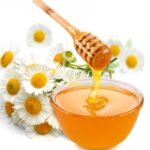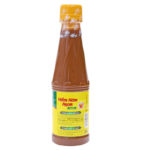According to chef Alison Boteler, author of the book “The Gourmet’s Guide to Cooking with Beer,” beer is more versatile than wine because it can be used in many dishes and is suitable for various culinary cultures. Compared to wine, beer has a lower alcohol content, lighter flavor and is a perfect ingredient to enhance the taste of a dish.

1. Choose the right type of beer

The general principle is to use yellow beers such as beer made from malted barley and Lambic beer (a famous Belgian beer made from 70% barley and 30% other ingredients, then mixed with a small amount of fresh Lambic flakes to ferment) for dishes with chicken and seafood. Dark beers with stronger flavors are used to cook with pork, beef or lamb.
In addition, beer can also be used in sweet desserts. Choose fruit beers with a light flavor to pair with coffee and chocolate or desserts made with cream…
2. Suitable cooking methods for beer
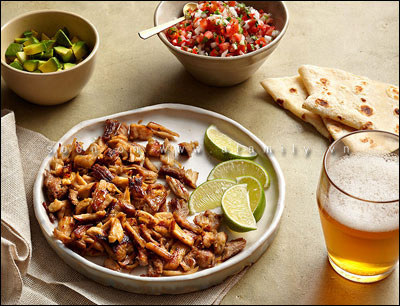
Here are some suggestions on using beer:
– Frying and sautéing. For dishes that require batter, you can replace part of the water in the batter with yellow beers to enhance the flavor. The carbonate in beer combined with sugar will help the batter turn golden quickly and have a beautiful color.
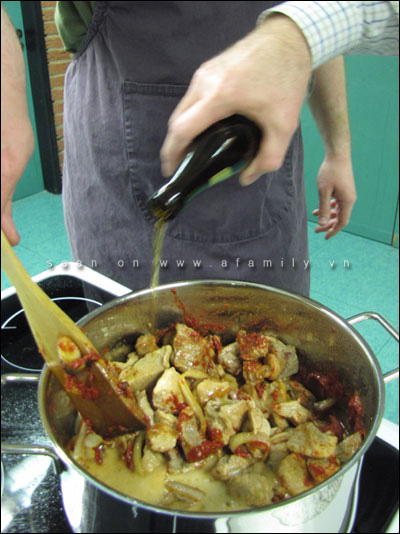
– Stewing. Beer can be a unique substitute for broth or wine in a recipe. It is a good option when you don’t have broth for stew. Beer will definitely give your stew a unique and delicious flavor.
Usually, lighter yellow beers are used for dishes with chicken, while dark beers are used for fish soups with stronger flavors.
– Beer bread. This type of bread follows the traditional Irish style of baking. Beer is used instead of yeast in the dough. It creates a crispy, dense, soft and chewy bread. For beer bread, you should choose yellow beers with a mild sweet taste, unless you prefer the bitter taste of dark beers.

– Sauce. Cooking sauce is the easiest way to use beer. To make sauce for lamb, you should choose dark beer and combine it with spices such as onions and lots of black pepper. When using beer to cook sauce, you don’t have to worry about cooking time. This type of drink does not contain as much acid as wine, so you can simmer the sauce for a longer time. Beer is also suitable for making sauce for beef dishes as it helps create a beautiful brown color for the meat, making the dish look more appealing.
– Dishes made from shellfish. The traditional method of cooking clams and mussels is to steam them with wine. However, using yellow beers with a light flavor like Lambic can be a great alternative.
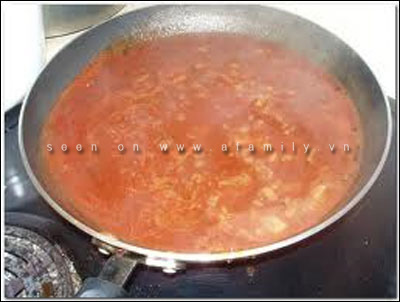
– Other dishes that can use beer. Beer can be used as a substitute for water or wine in soups like onion soup or meat soups or in some sauces like the sauce used in Italian pasta dishes, cheese sauce…
3. Techniques for cooking with beer
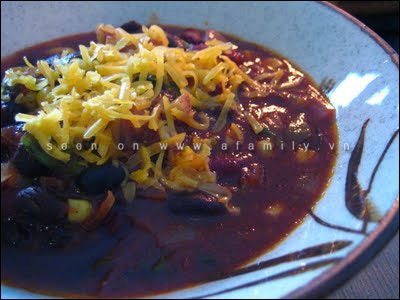
Light yellow beers usually have a mild flavor and low alcohol content. The amount used and cooking time will depend on the cook’s preference. If you want the dish to have a subtle beer flavor, add a small amount of yellow beer. This type of beer is perfect for baking bread, kneading dough and grilling chicken. Conversely, if you want the dish to have a bitter taste, you can increase the amount of beer and use dark beers with higher alcohol content for meat soups or desserts…
4. Considerations when using beer in cooking

To make the dish perfect with the use of beer, pay attention to the following factors:
– Not all beers are the same. You have to know what dish you are cooking and don’t try to change the type of beer if the recipe doesn’t require it. Wine contains acid and tannin, while beer can bring a bitter taste. Therefore, if the beer you used is too bitter, you need to calculate the cooking time to destroy the bitter taste. If the dish still has a bitter taste after cooking, you can add some white sugar, brown sugar or honey to balance the flavor.
– Using low-quality beer. Do not use beers that you don’t enjoy drinking in your dishes because they can make the dish worse.

– Pay attention when using beer in grilling. Beer has the ability to make dough rise. It will affect other chemical substances and can cause baked goods to rise more in the oven. Therefore, you need to consider this factor to avoid over-expansion of the dish.

























